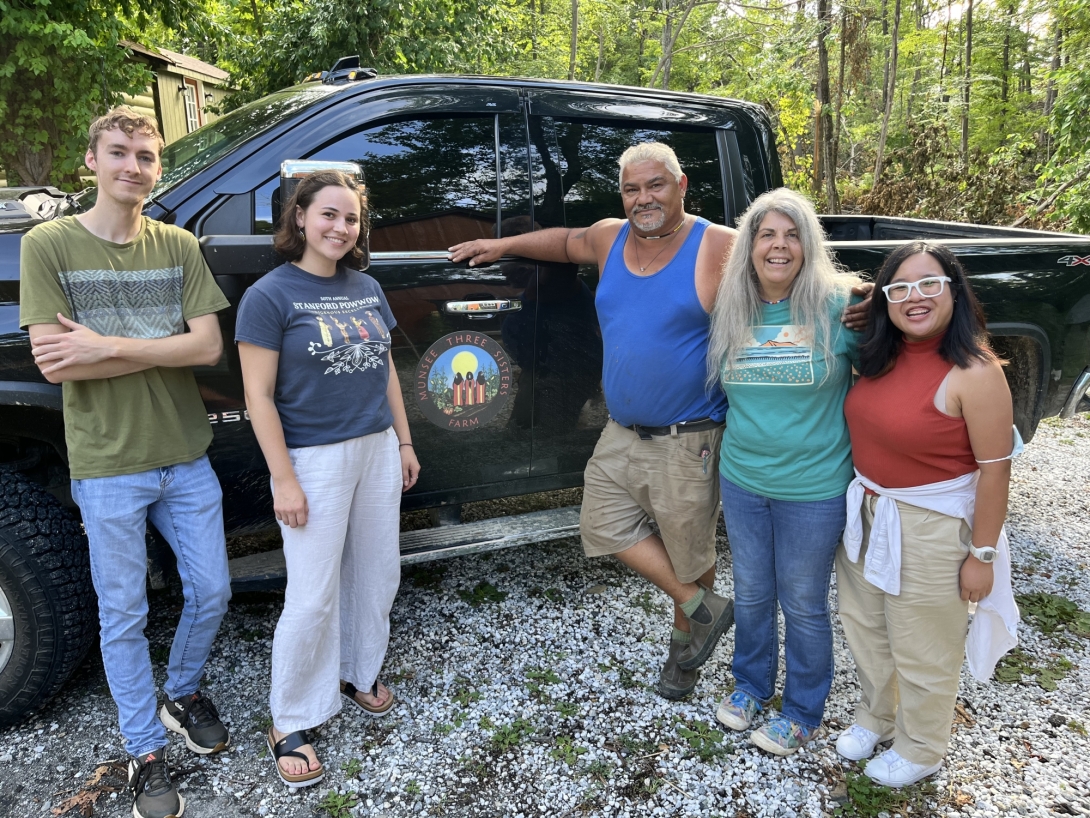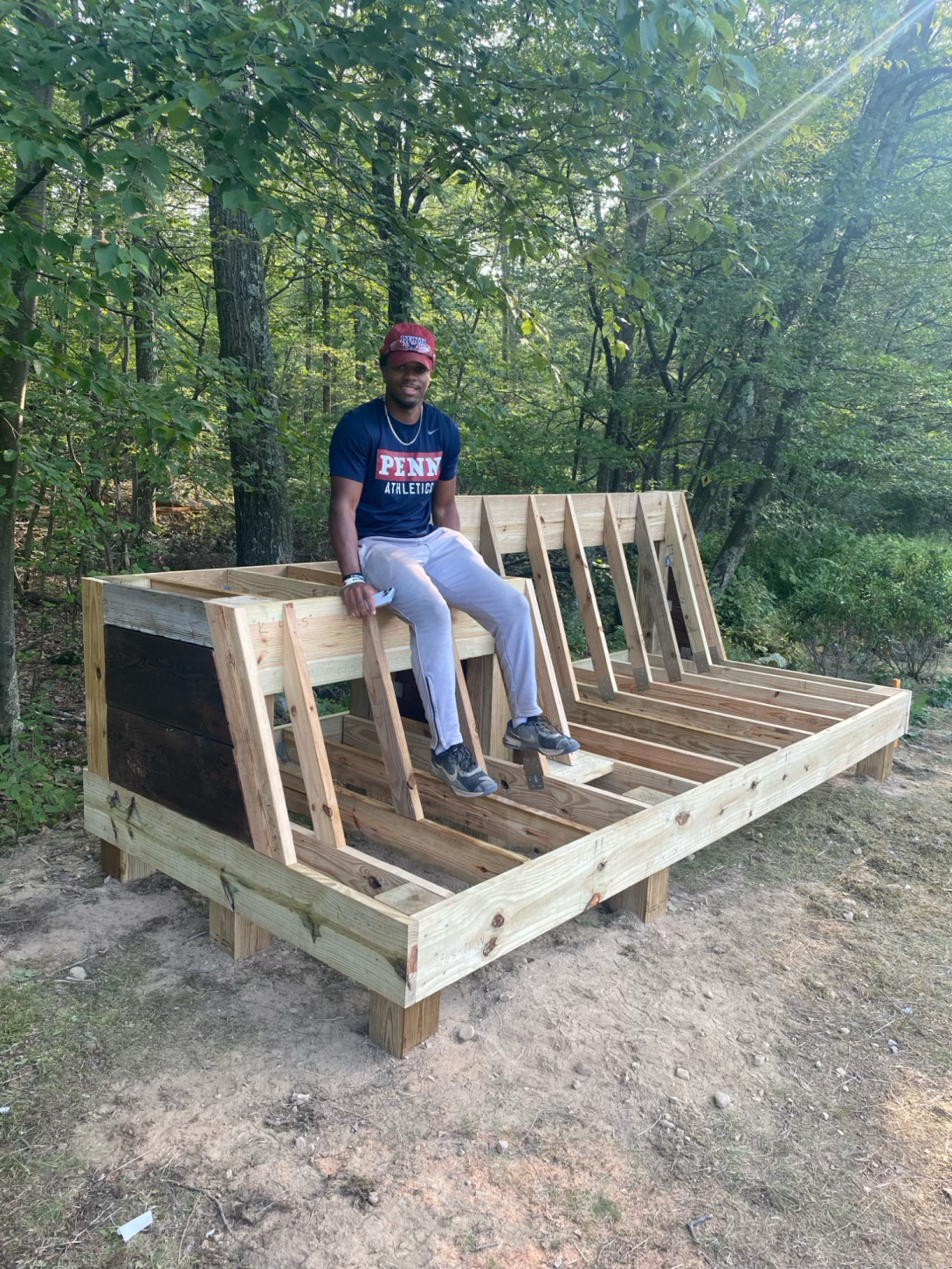September 27, 2024
Community Connections
PennPraxis Design Fellows reflect on lessons from the field.

Design Fellows Keith Scheideler and Dagny Carlsson taking drone footage during field work at Tranquility Ridge, Lenape homeland in the New Jersey Highlands Photo: Drone operated by Keith

 Expand Image
Expand Image








